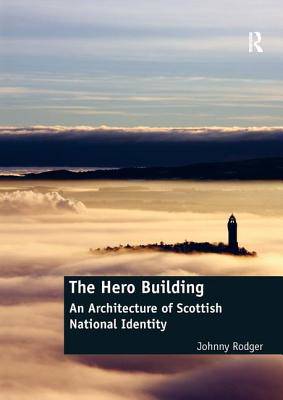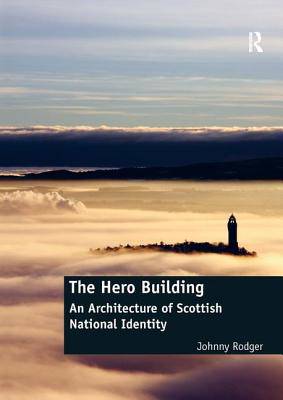
- Afhalen na 1 uur in een winkel met voorraad
- Gratis thuislevering in België vanaf € 30
- Ruim aanbod met 7 miljoen producten
- Afhalen na 1 uur in een winkel met voorraad
- Gratis thuislevering in België vanaf € 30
- Ruim aanbod met 7 miljoen producten
Zoeken
€ 67,95
+ 135 punten
Uitvoering
Omschrijving
Why was it that, across Scotland over the last two and a half centuries, architectural monuments were raised to national heroes? Were hero buildings commissioned as manifestations of certain social beliefs, or as a built environmental form of social advocacy? And if so, then how and why were social aims and intentions translated into architectural form, and how effective were they? A tradition of building architectural monuments to commemorate national heroes developed as a distinctive feature of the Scottish built environment. As concrete manifestations of powerful social and political currents of thought and opinion, these hero buildings make important statements about identity, the nation and social history. The book examines this architectural culture by studying a prominent selection of buildings, such as the Burns monuments in Alloway, Edinburgh and Kilmarnock, the Edinburgh Scott Monument, the Glenfinnan Monument and the Wallace Monument in Stirling. They give testimony to how a variety of architectural forms and styles can be adapted through time to bear particular social messages of symbolic weight. This tradition, which literally allows us to dwell on important social issues of the past, has been somewhat neglected in serious architectural history and heritage, and indeed one of the main monuments has already been destroyed. By raising awareness of this rich architectural and social heritage, while analysing and interpreting the buildings in their historical context, this book makes an exciting and original scholarly contribution to the current debates on identity and nationality taking place in Scotland and the wider UK.
Specificaties
Betrokkenen
- Auteur(s):
- Uitgeverij:
Inhoud
- Aantal bladzijden:
- 242
- Taal:
- Engels
Eigenschappen
- Productcode (EAN):
- 9781138570108
- Verschijningsdatum:
- 12/10/2017
- Uitvoering:
- Paperback
- Formaat:
- Trade paperback (VS)
- Afmetingen:
- 175 mm x 246 mm
- Gewicht:
- 452 g

Alleen bij Standaard Boekhandel
+ 135 punten op je klantenkaart van Standaard Boekhandel
Beoordelingen
We publiceren alleen reviews die voldoen aan de voorwaarden voor reviews. Bekijk onze voorwaarden voor reviews.











